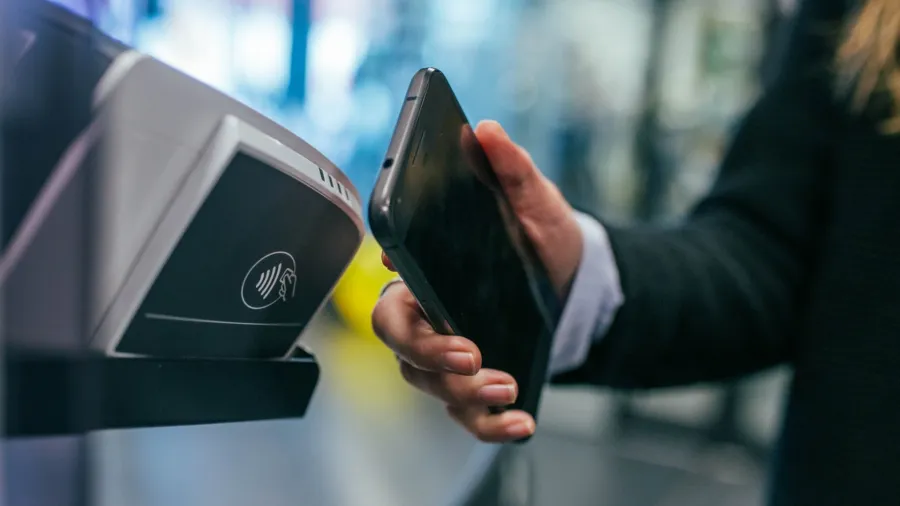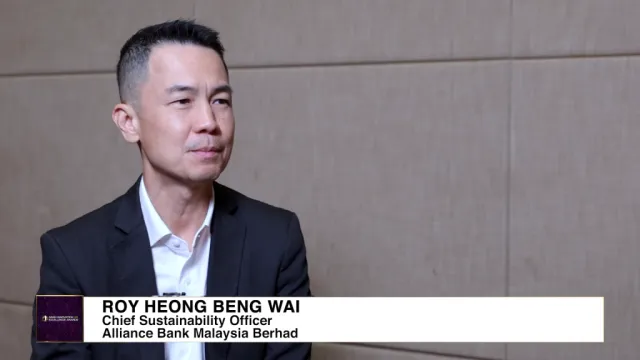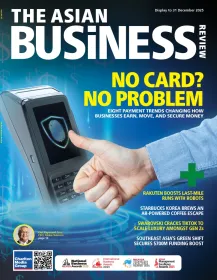
What do SMEs expect from modern payment solutions?
ABF spoke with industry experts from Mastercard, Enterpryze, Boku, and Xfers to learn more.
As everyone goes ga-ga over digital wallets, businesses are also ramping up means to cater to the increasing demand for digital payment options. But many small and medium enterprises (SMEs) are finding it a challenge to make the leap, especially given the vast array of options that they can explore.
“SEA has witnessed the mushrooming of digital wallets as a result of tap-and-go payments becoming the preferred choice of consumers,” PwC said, calling Southeast Asia as the natural breeding ground of digital wallets and superapps. The region’s e-wallet payments are expected to exceed $114b by 2025, over five times larger than just $22b in 2019.
So what do SMEs need and expect from modern payment solutions, and what can payment companies do to help them transform into burgeoning businesses? Asian Banking & Finance talked to industry experts from global payments network provider Mastercard, SME software provider Enterpryze, mobile payments company Boku, and payments platform Xfers to learn more:
Sandeep Malhotra, Executive Vice President, Products & Innovation, Asia Pacific, Mastercard:
“As SMEs rushed to shore up their digital operations, they grappled with similar challenges: how to keep revenue coming in whilst minimising expenses and cutting complexity. For payments solutions to tackle these pain points, they need to help businesses capture every possible sale, keep costs low and implementation simple, especially when entrepreneurs are time-strapped and under-resourced.
First, to keep revenue flowing, businesses should give consumers multiple options in how they pay to ensure that whatever their preferred payment method is, it’s available—whether that’s a card, QR code, or digital wallet. By maximising convenience and choice for consumers, businesses can more easily convert sales across every digital and physical channel.
Second, the technology required for online and offline payments acceptance needs to be affordable and accessible. Launched last year, software-based acceptance capabilities like Soft POS transform everyday smartphones into contactless POS terminals, eliminating the need to invest in expensive hardware whilst giving businesses a simpler, more convenient and secure way to manage transactions—wherever customers need them.
Finally, digital platforms need to do more than process payments—they also need to plug into broader infrastructure that supports other aspects of a business’ operations, such as bookkeeping, logistics, and fulfilment. Small business owners are constantly balancing ‘working in’ and ‘working on’ their business, so where possible, the data from electronic payments needs to help inform and automate these processes, freeing up entrepreneurs to focus on growth.”
Morgan Browne, CEO, Enterpryze:
“We won’t see a return to pre-COVID days when it comes to payments. Modern payments (for instance QR code payments, online transfers, etc.) have had to facilitate the majority of transactions for the past few years. Instead, we’ll witness consumers being specific with what kind of digital payment they prefer using.
This will influence or rather inspire more SMEs to include as many payment solutions as possible to cater to their demographics' evolving needs. We’ll see SMEs not only expecting—but demanding—better user interfaces, smoother support, and generally an experience that caters to their bespoke needs. SMEs also understand that now more than ever they need to be ahead of lockdowns, temporary closure of their physical retail shops; so whichever payment solution that they opt for needs to be something that can continually be accessed rain or shine by their consumers. Transaction and middleman fees taken by the payment solutions provider will also be scrutinised by SMEs with a finer comb. Some SMEs and microbusinesses don’t see the need for credit cards and their high processing fees as even their consumers are used to the habit of paying with QR codes in Asia.”
Loke Hwee Wong, Vice President and General Manager, Asia-Pacific (APAC), Boku:
“SMEs simply don't have the time or bandwidth to be thinking about or implementing payments solutions. They need to be able to quickly and easily make transactions between their customers, vendors, and partners.
Modern payments, such as mobile payments, especially mobile wallets, have done an excellent job at empowering merchants to accept non-cash payments. For offline transactions, a simple QR code enables customers to make payments, whilst their own mobile wallet app is all they need to accept those payments. This is far easier than credit card acceptance, which requires hardware for offline transactions or a third party payment service provider (PSP) to accept card-based payments.
However, for online SMEs, the reverse is true. Accepting credit cards has been made far easier by PSPs who specialise in small businesses. Moreover, shopping carts like Shopify provide not only the storefront, but turnkey payment solutions, as well. Conversely, online acceptance of mobile wallets remains a challenge. Few PSPs accept mobile wallets, outside of AliPay and occasionally WeChat Pay in China. For SMEs elsewhere in the region, online mobile wallet acceptance is difficult, if not impossible.
Asia has one of the lowest credit card penetration rates of any region in the world, and mobile wallets are the preferred if not only payment type for consumers.
SMEs should expect for payments to be simple to integrate and widely used by their customers. Whilst this is clearly the case for offline payments, the same cannot be said for online transactions. In a world of greater digitalisation, especially in the face of the pandemic, payments solutions will need to adapt to ensure that online businesses can more easily onboard and accept the most popular payment types. This is what Boku’s M1ST Payments Network is about: to bring credit-card-like simplicity to a world of complex mobile payment acceptance for mobile-first users.”
Sharon Lourdes, Xfers:
“With fierce competition breaking out on the online turf, a seamless payment process is the deciding factor between a consumer reaching the check-out page, or leaving in frustration for a competitor. The survival of a business depends on their agility in integrating payment methods favoured by their consumers - from contactless QR-codes to in-all virtual card payments - and their ability to orchestrate and administer huge volumes of transactions seamlessly and safely.”



















 Advertise
Advertise








